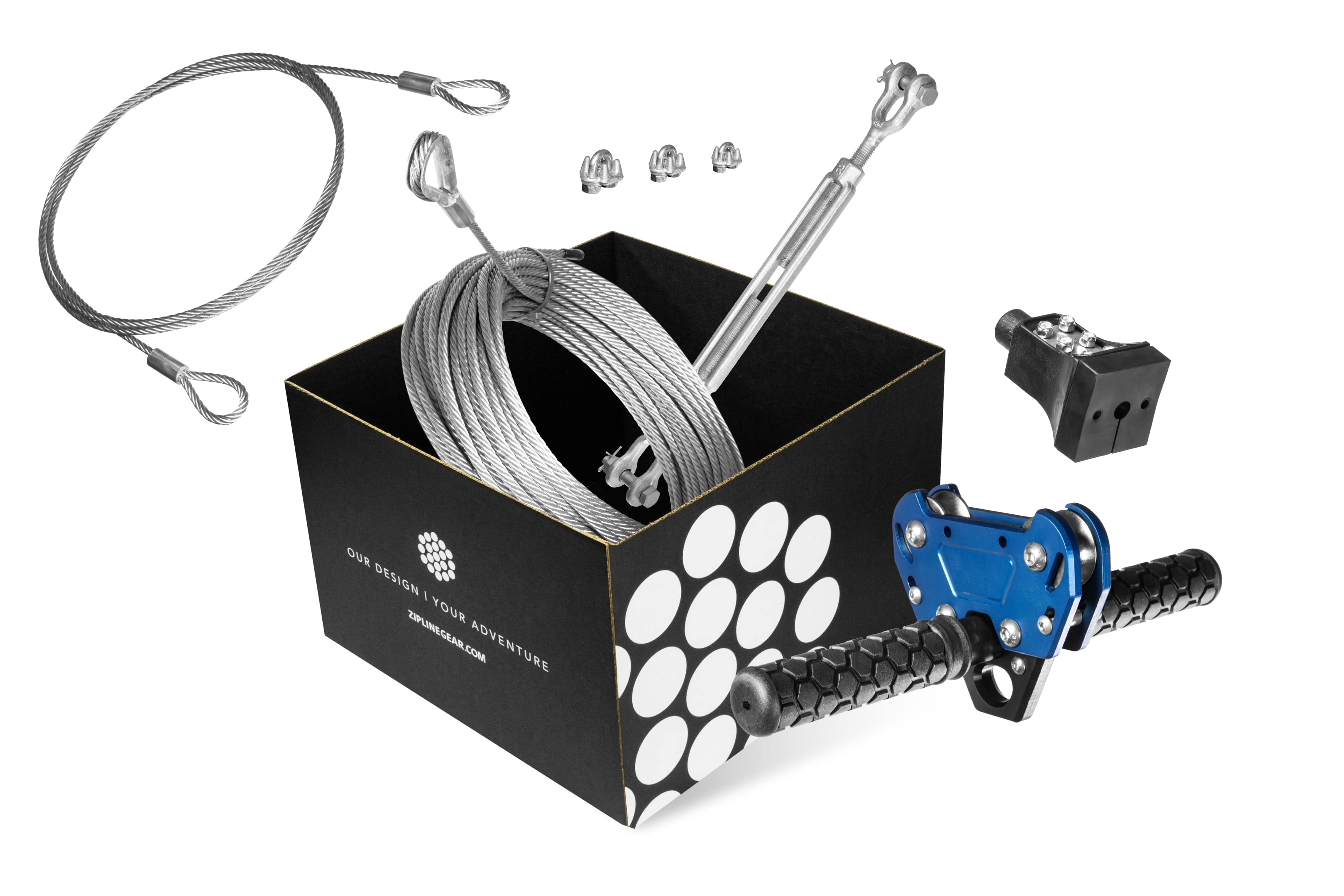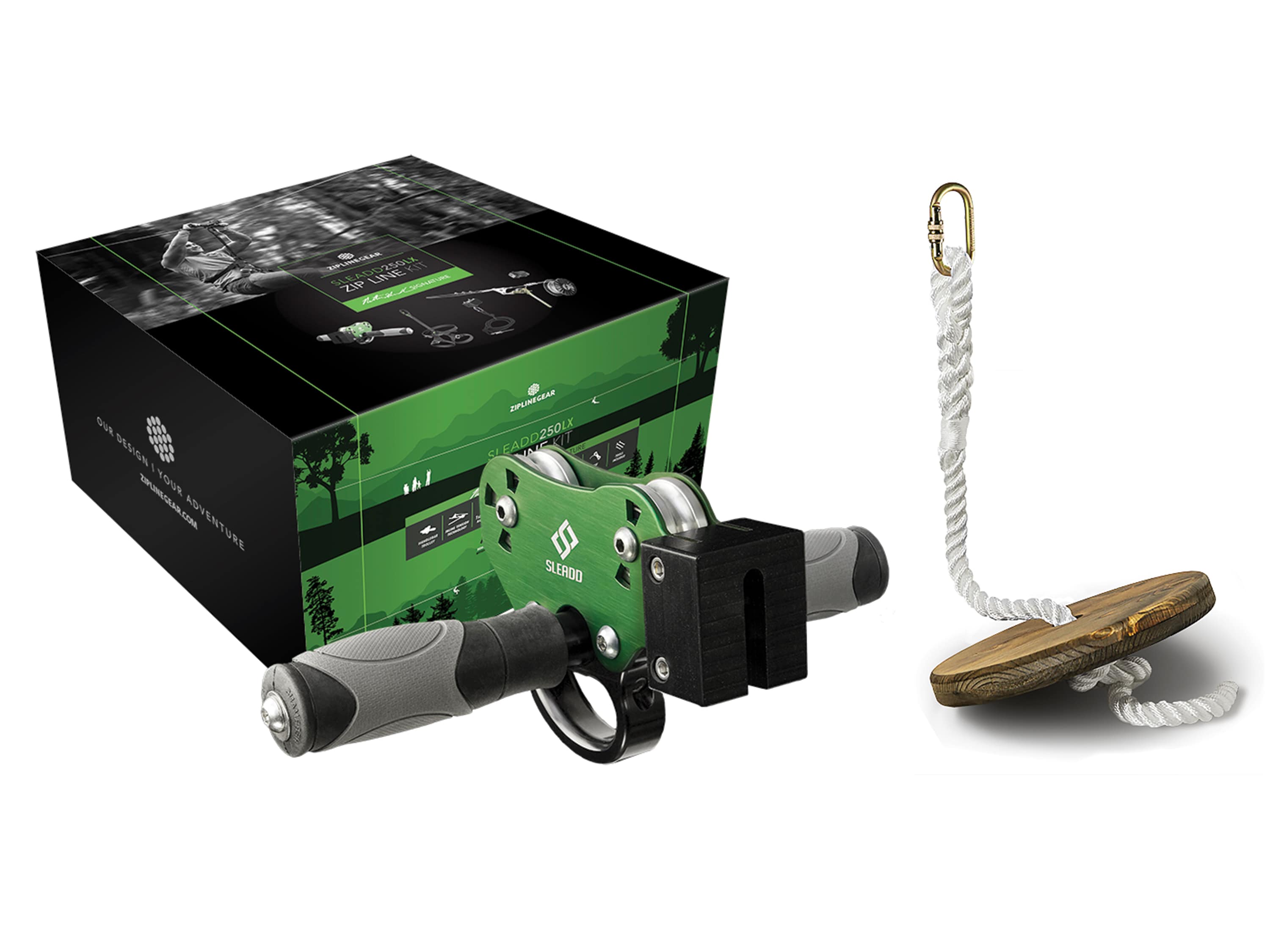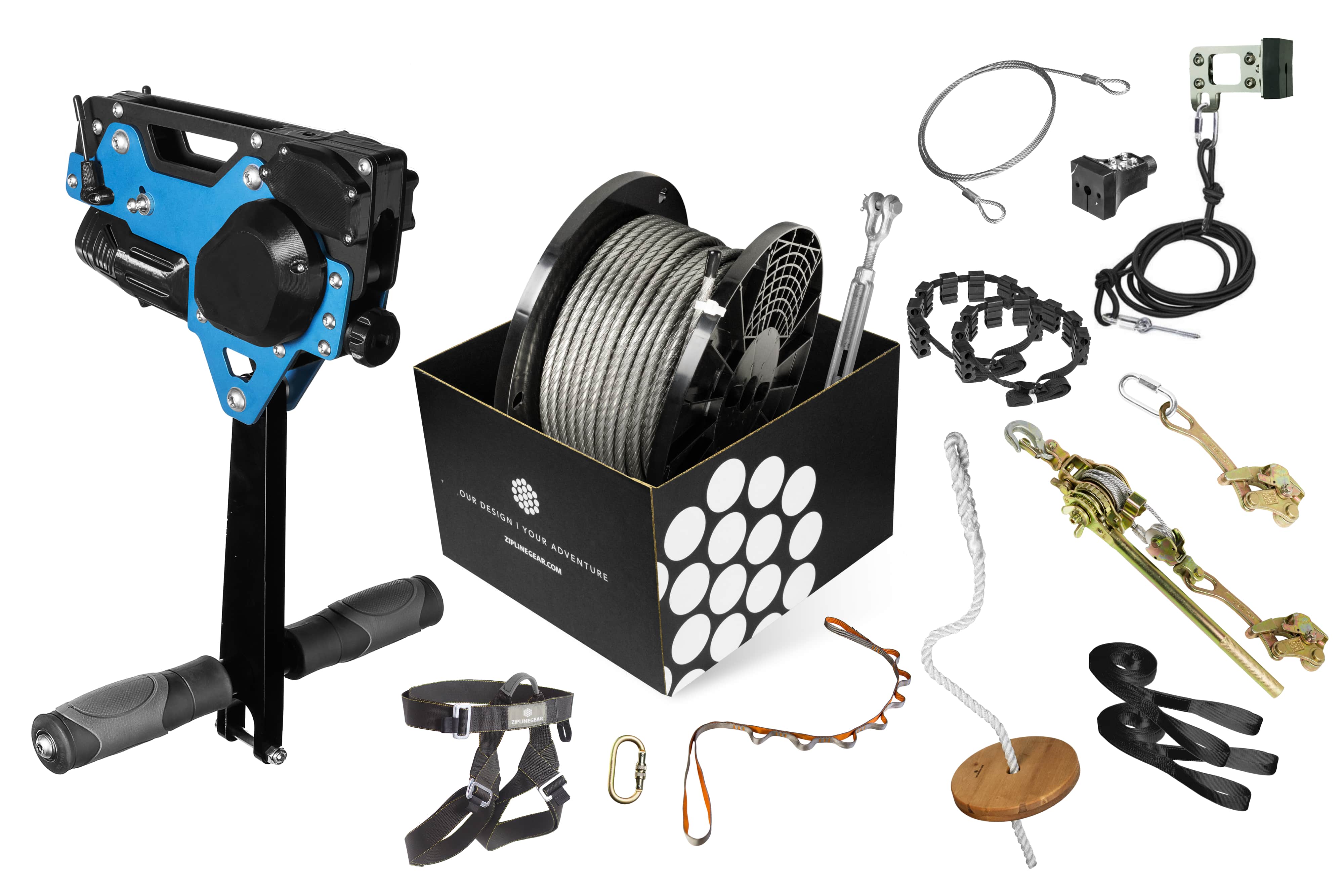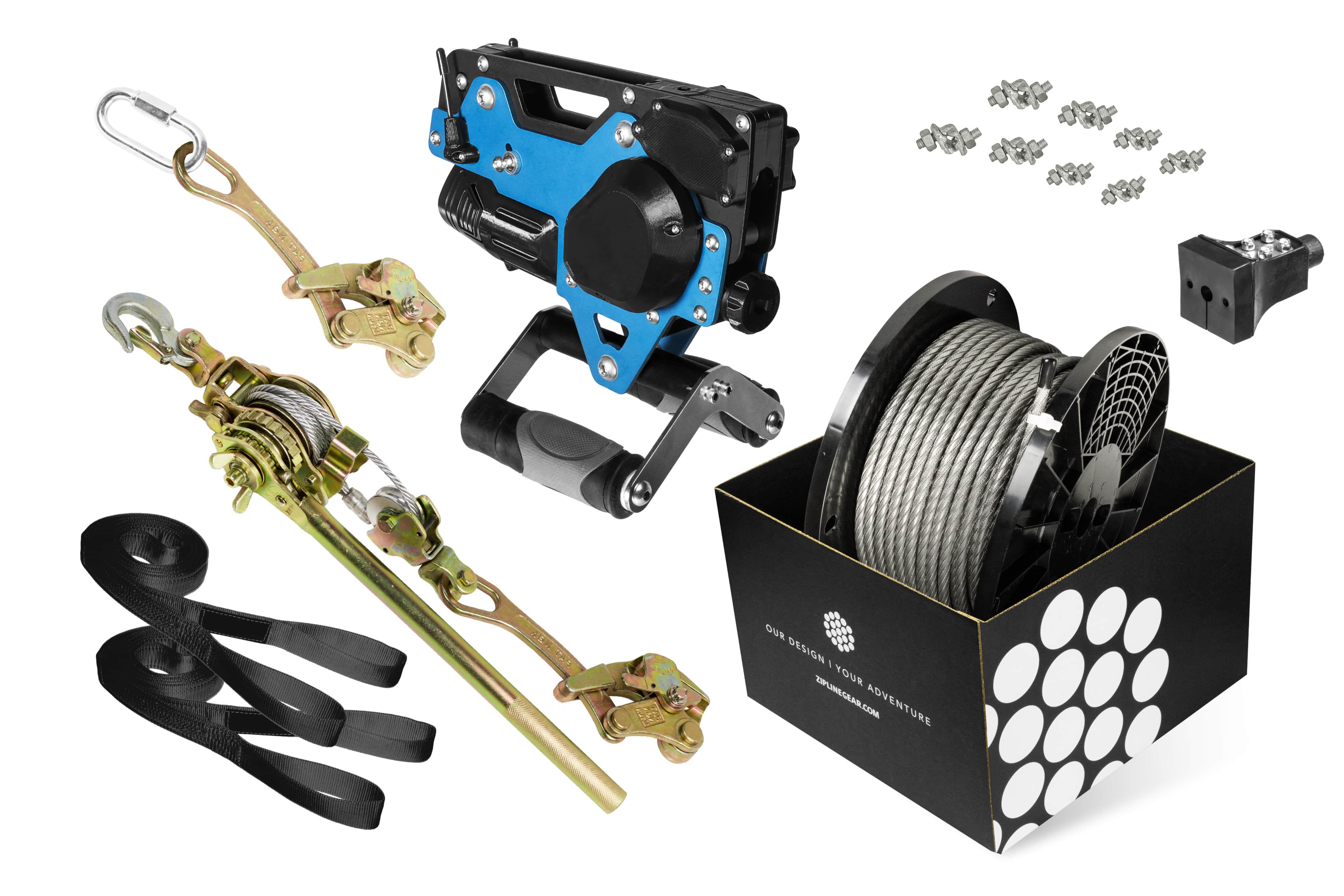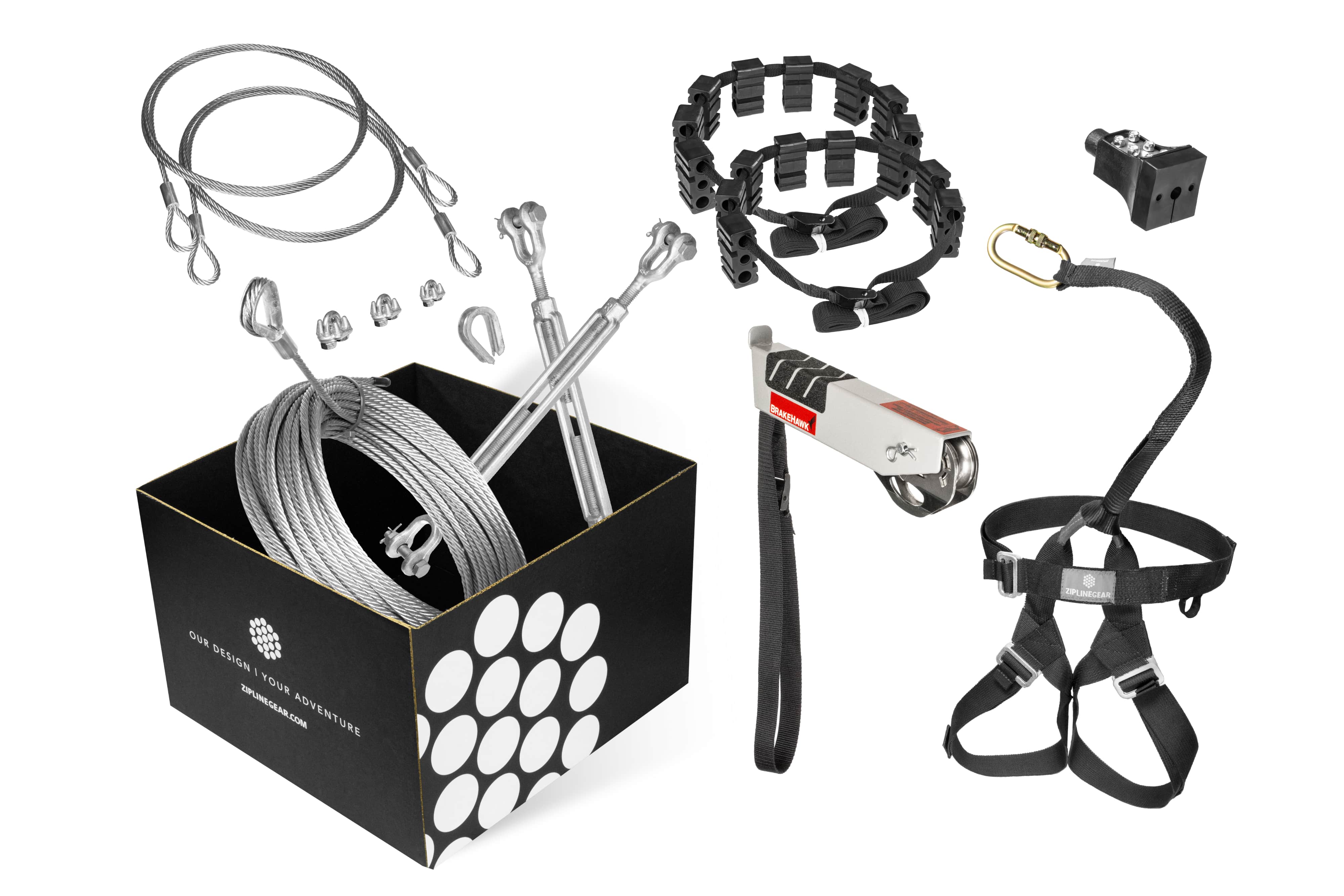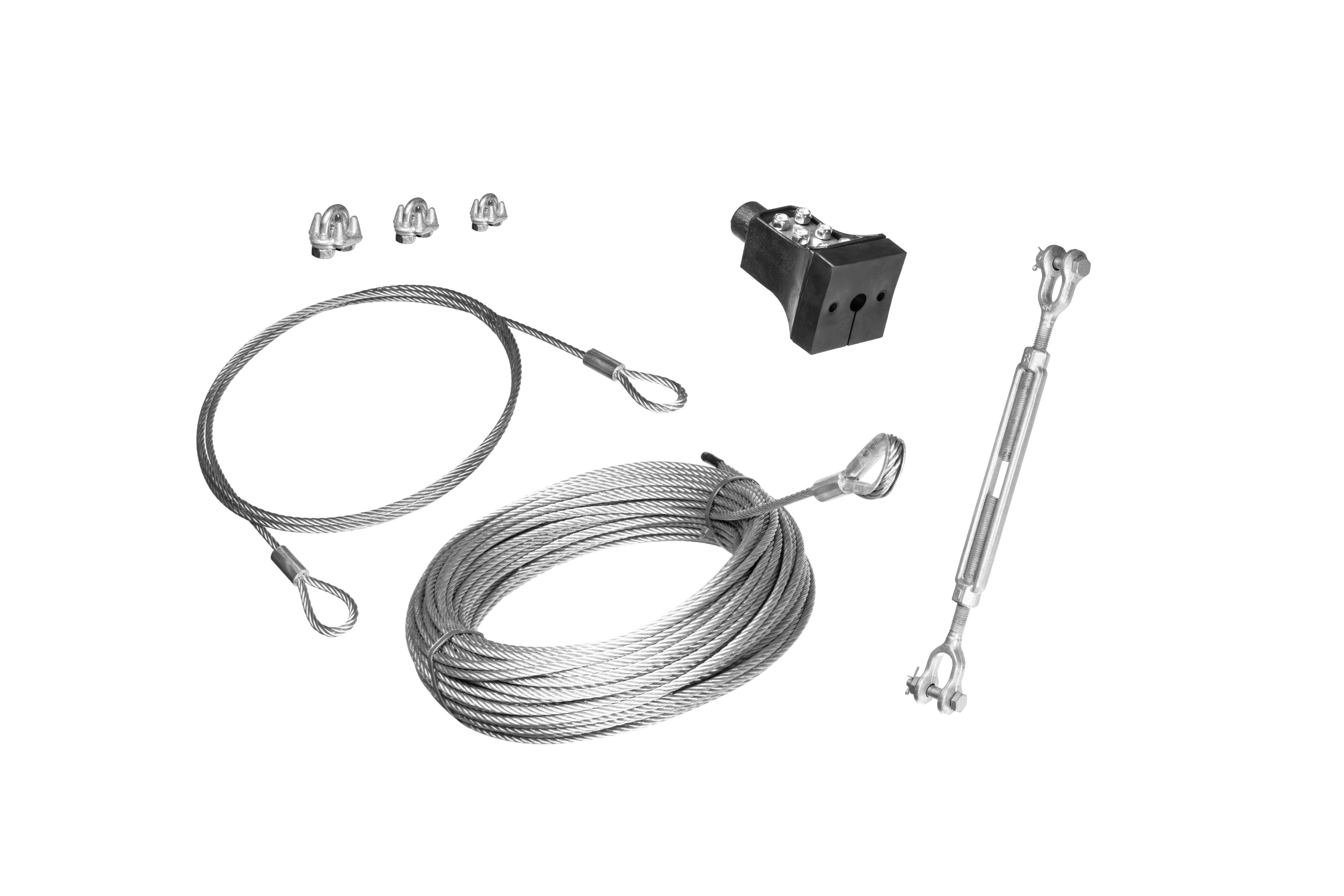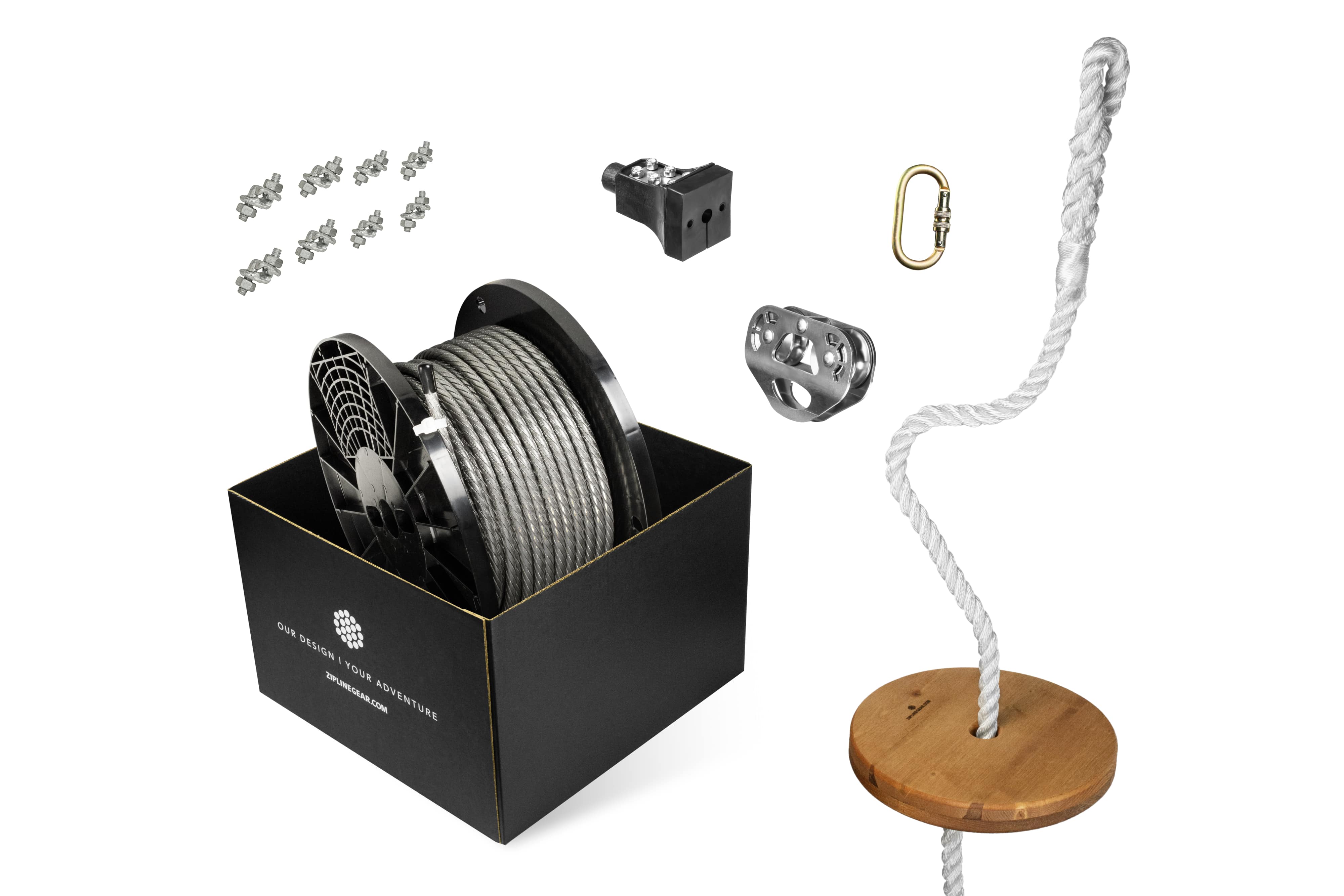Safety Tips for Zip Line Installation
Installing a zip line can be an exciting project, but it also involves potential hazards, especially when working at heights, using ladders, and handling cables. Follow these safety tips to ensure a safe installation process:
General Tips for Working at Height
-
Wear Appropriate Safety Gear: Always wear a helmet, harness, and non-slip shoes when working at height to protect yourself from falls and injuries.
-
Use Fall Protection Systems: Employ safety lines, lanyards, or fall arrest systems to secure yourself while working. Ensure these systems are properly anchored and inspected for any damage.
-
Stay Aware of Your Surroundings: Be mindful of edges, loose materials, and any obstacles that could cause tripping or falling. Clear the work area of unnecessary clutter.
Using a Ladder
-
Choose the Right Ladder: Select a ladder that is appropriate for the height you need to reach and is rated for your weight. Ensure it is in good condition, with no missing or damaged parts.
-
Set Up on Stable Ground: Place the ladder on a firm, level surface. If the ground is uneven, use a ladder leveler or stabilize it with sturdy objects. Do not lean a ladder against a zip line cable, if access to the cable is needed, consider harnessing yourself to a trolley and traveling up the cable from the end using leather gloves (after a weight test has been completed).
-
Maintain Three Points of Contact: Always keep two hands and one foot, or two feet and one hand, in contact with the ladder while climbing. This ensures better stability and reduces the risk of falling.
-
Do Not Overreach: Keep your body centered between the ladder rails. If you need to reach further, climb down and reposition the ladder instead of leaning to the side.
Handling Cable
-
Wear Gloves: Use gloves to protect your hands from sharp edges or frayed ends of the cable. This will help prevent cuts and abrasions.
-
Wear a Hat or Helmet: The spiraled surface of aircraft cable is surprisingly effective at grabbing and holding onto hair. Accidentally brushing your head against a cable without some kind of protection can be a nasty shock.
-
Check for Damage: Inspect the cable thoroughly for any signs of wear, corrosion, or broken wires before installation. Use electrical tape or rubber caps to secure the cut end of a cable to prevent stray wires from becoming a hazard.
-
Use Proper Tools: Utilize the correct tools for cutting, crimping, and securing the cable. Using improper tools can damage the cable or cause accidents.
By adhering to these safety tips, you can minimize risks and ensure a smooth and secure zip line installation process. Always prioritize safety and take the necessary precautions to protect yourself and others involved in the project.
- Choosing a selection results in a full page refresh.
